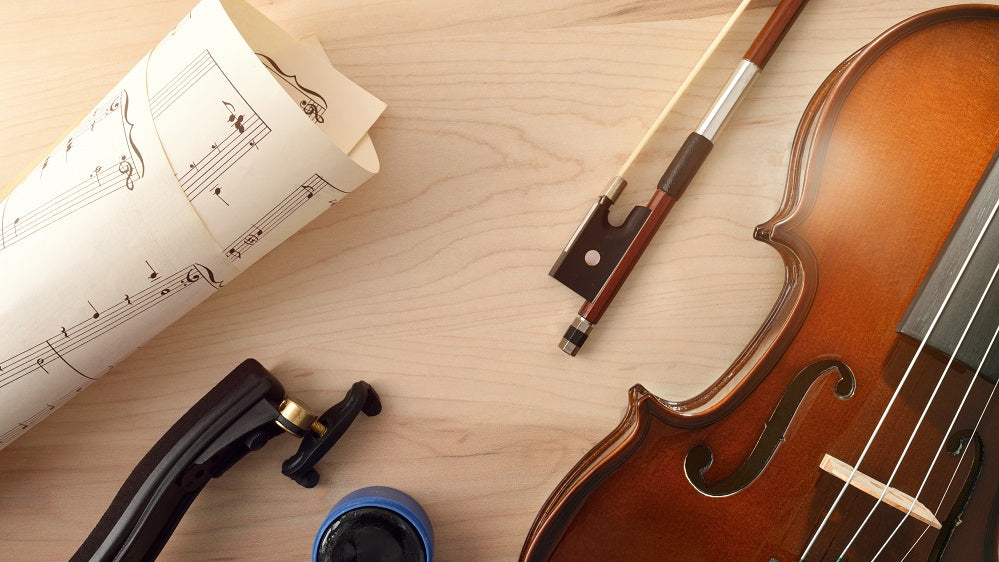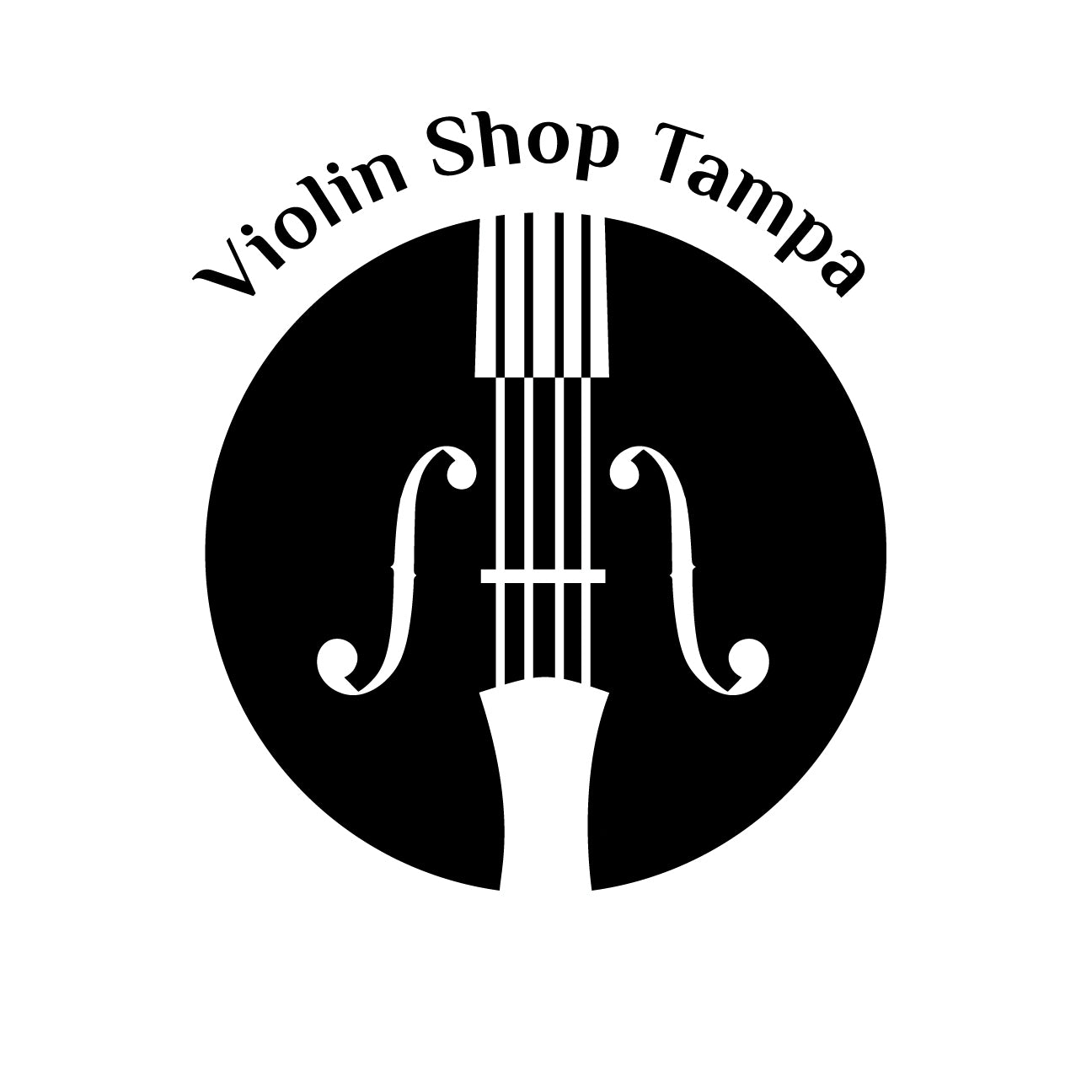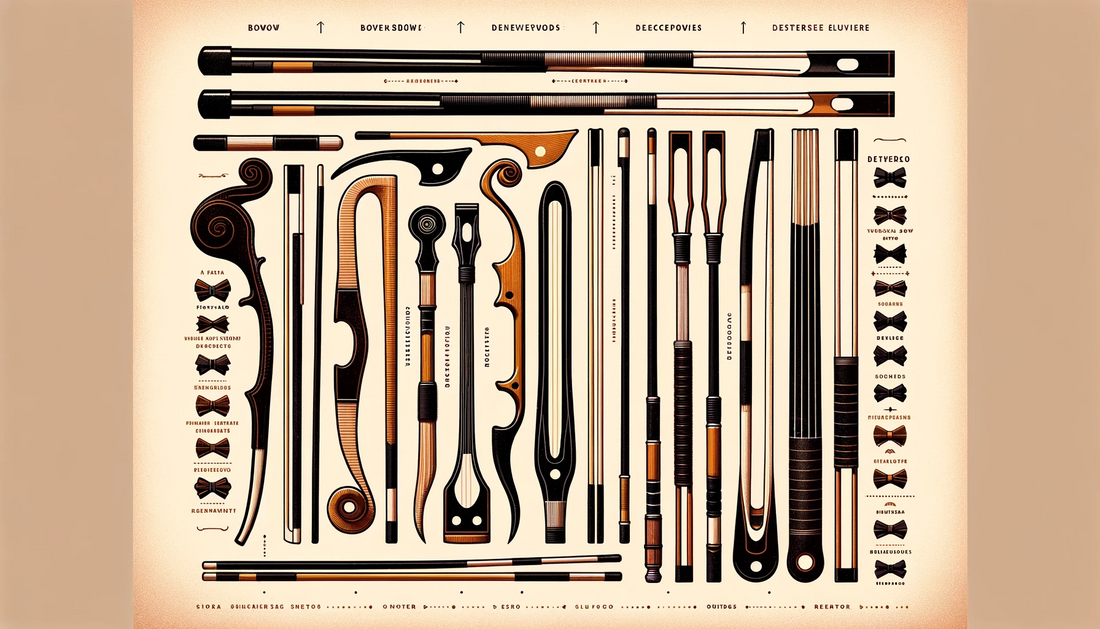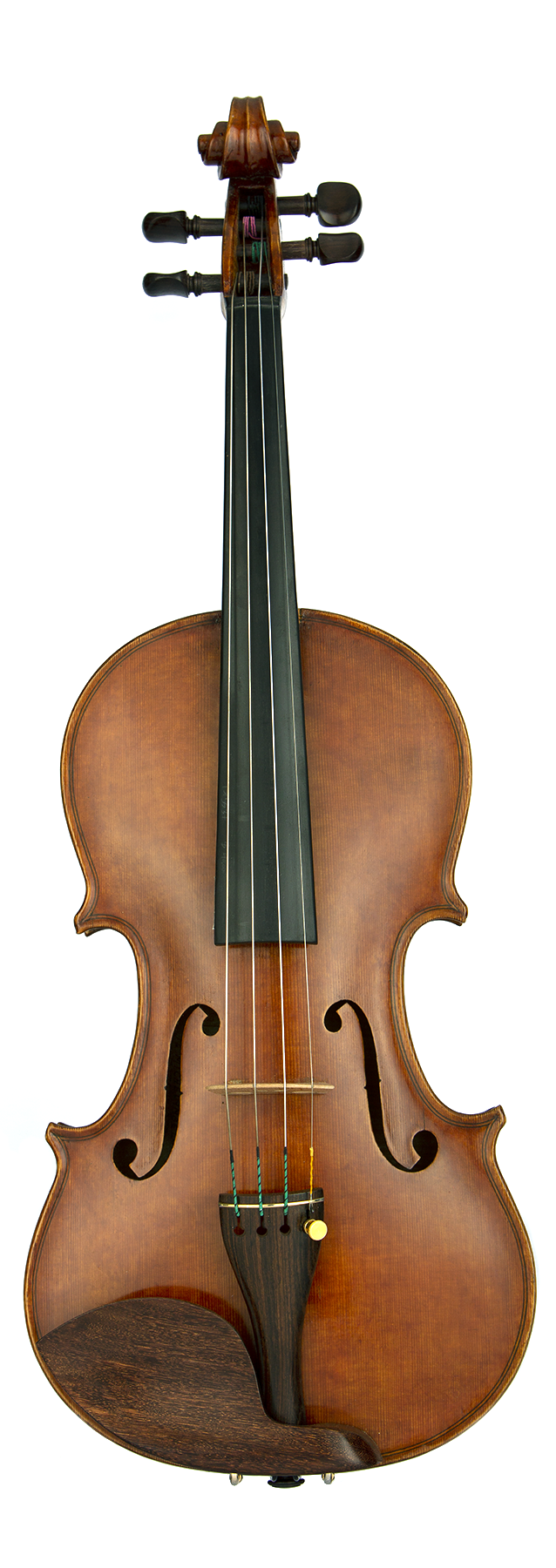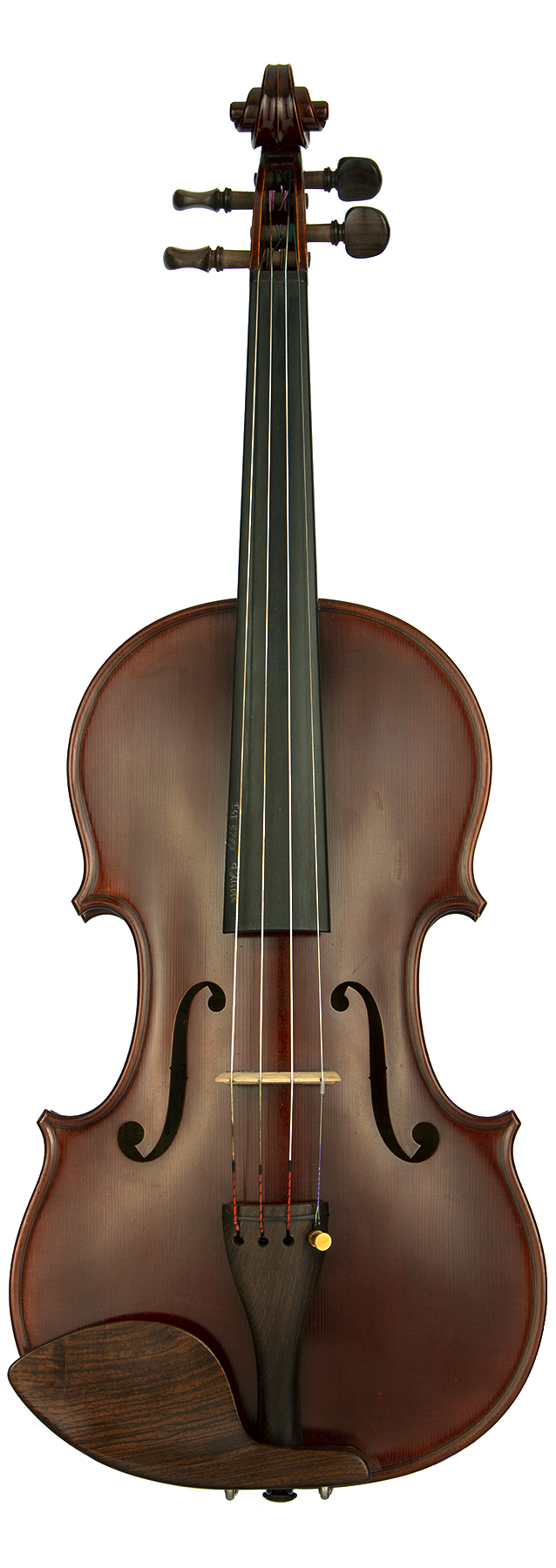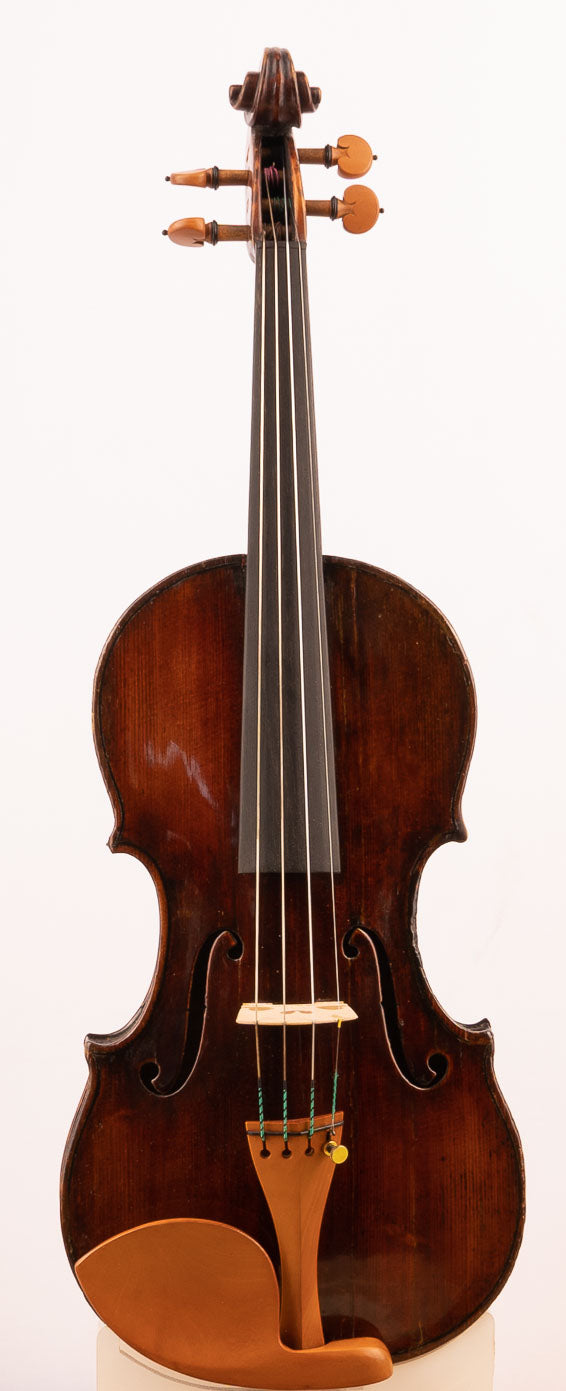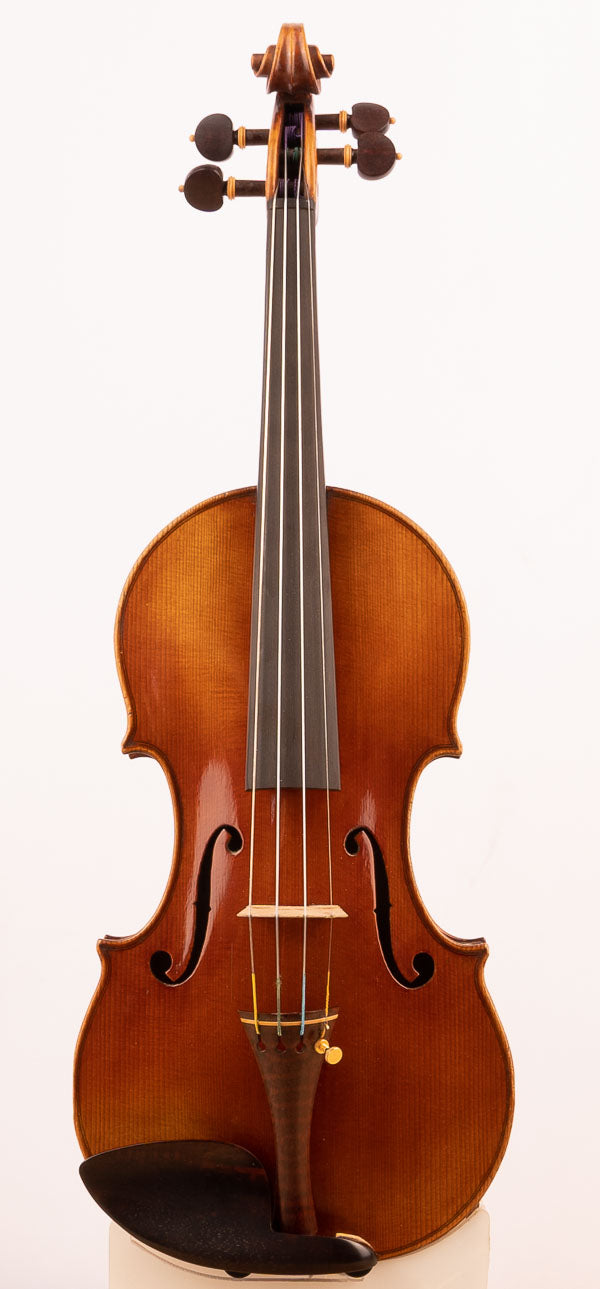The violin bow, often overshadowed by the violin itself, is an integral part of a violinist's toolset. Its design, material, and construction greatly influence the sound and playability of the violin. As an expert violin maker, I have seen firsthand how different bows can bring out varied nuances in the same instrument. Understanding the different types of violin bows is not just about recognizing their physical characteristics but also about appreciating the subtleties they bring to the music.
The Evolution of the Bow
The evolution of the violin bow parallels the development of the violin. According to Roda, J. (1959), bows in the early Baroque period were shorter, with a convex curve and light in weight, designed to play the dance music popular at the time. As music evolved, so did the demands on the bow. The Tourte bow, developed by François Tourte in the late 18th century, is considered the modern standard. This bow, with its concave curve and greater weight, allowed for more control and dynamic range, matching the needs of the evolving musical repertoire (Roda, J., 1959).
My experience with Baroque bows taught me the importance of matching the bow to both the violin and the music. A Baroque bow, for instance, draws out a lighter, more agile sound, suitable for the music of composers like Bach and Vivaldi. On the other hand, a Tourte bow, with its increased flexibility and tension, is better suited for the broader dynamics and sustained passages of Romantic and modern compositions.
Materials and Construction
The materials used in bow making are as diverse as the designs. Pernambuco wood, as noted by Cai, J., & Acquaviva, P. A. (2006), has been the traditional choice for high-quality bows due to its ideal balance of strength and elasticity. However, with Pernambuco being a threatened species, alternative materials like carbon fiber and other woods are being used. Carbon fiber bows, in particular, have gained popularity for their durability and consistent performance, as explored in studies by Stoel, B. C., & Borman, T. M. (2008).
In my workshop, I have experimented with different materials, noting how each affects the bow's response and tone. Pernambuco bows, with their nuanced flexibility, offer a warm, rich tone, while carbon fiber bows are often more robust and less sensitive to environmental changes. The choice of material is a crucial consideration for violinists, affecting not just the sound but also the feel and playability of the instrument.
The Art of the Bow Maker
The craftsmanship of the bow maker, or archetier, is a critical aspect of the quality of a bow. As detailed by Raffin, J., Millant, B., & Gaudfroy, E. (2000), the art of bow making involves precise shaping, balancing, and finishing, each step contributing to the overall performance of the bow. The choice of the frog, often made of ebony, the design of the screw mechanism, and the quality of the horsehair all play a role in the bow's functionality.
Crafting a bow requires a deep understanding of both the materials and the needs of the musician. Each bow I create is tailored to fit the violinist's style and the violin's characteristics. It's a process of balancing science and artistry, ensuring that the bow not only plays well but also enhances the violin's sound.
Choosing the Right Bow
For violinists, choosing the right bow is as personal and crucial as choosing the violin itself. The right bow can elevate their performance, bringing out the best in their instrument. Factors like weight, balance, stiffness, and responsiveness must be considered. The interaction between the bow and the violin is a delicate dance, and finding the perfect match is often a journey of trial and error.
In guiding violinists through this selection process, I emphasize the importance of trying different bows with their instrument. The nuances in playability and sound can be subtle but significant. A bow that feels comfortable and natural in the hand, that draws out the desired tone and articulation from the violin, is the right choice.
In Conclusion
Understanding the different types of violin bows is a journey through the history and evolution of music itself. Each type of bow, with its unique characteristics and materials, tells a story of musical styles and technological advancements. For violin makers and musicians alike, the bow is not just a tool but a partner in the musical expression, an extension of the artist's intent and emotion.
References:
- Roda, J. (1959). Bows for Musical Instruments. Chicago: W. Lewis.
- Cai, J., & Acquaviva, P. A. (2006). Pernambuco Wood (Caesalpinia echinata) used in the Manufacture of Bows for Stringed Instruments. IAWA Journal, 27(4), 419-430.
- Stoel, B. C., & Borman, T. M. (2008). A Comparison of Wood Density between Classical Cremonese and Modern Violins. PLOS ONE, 3(7), e2554.
- Raffin, J., Millant, B., & Gaudfroy, E. (2000). L'Archet. Paris: L'Archet Éditions.
